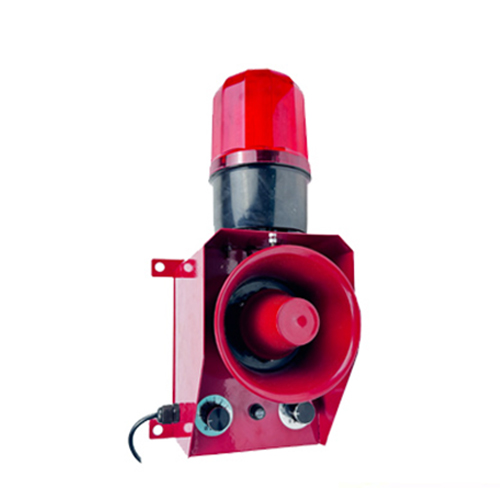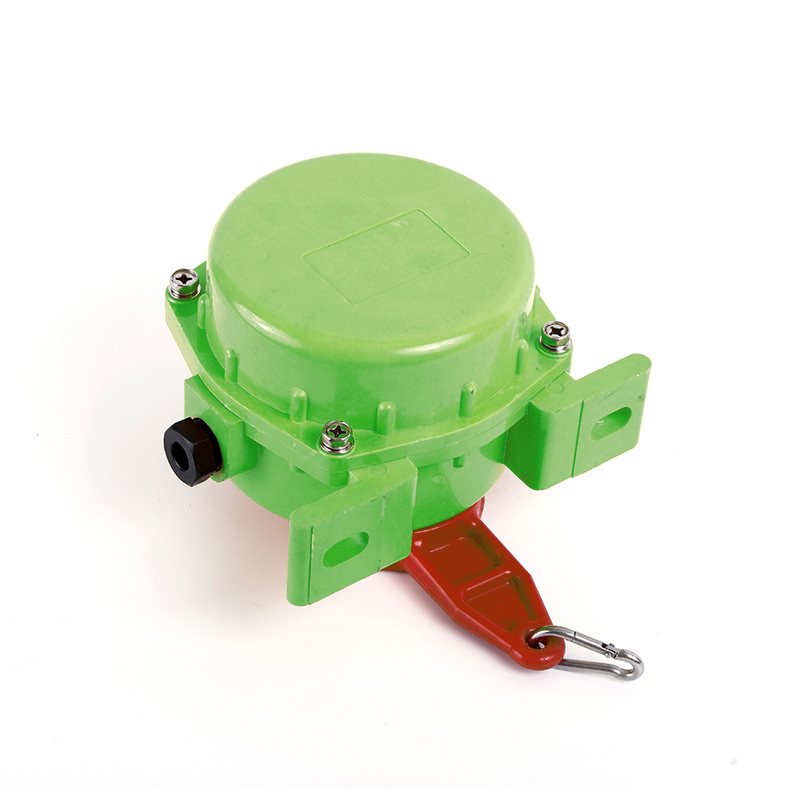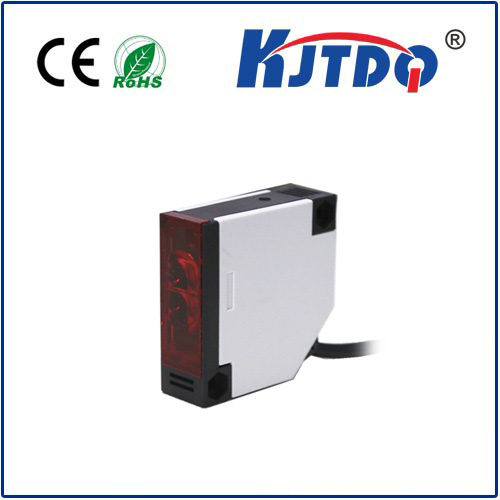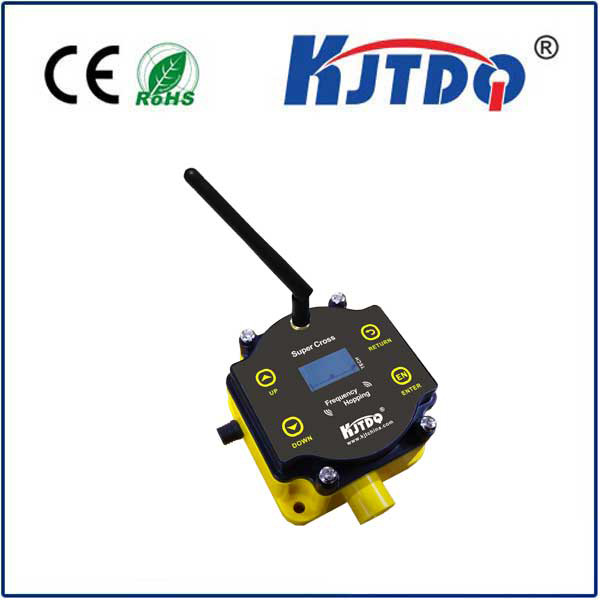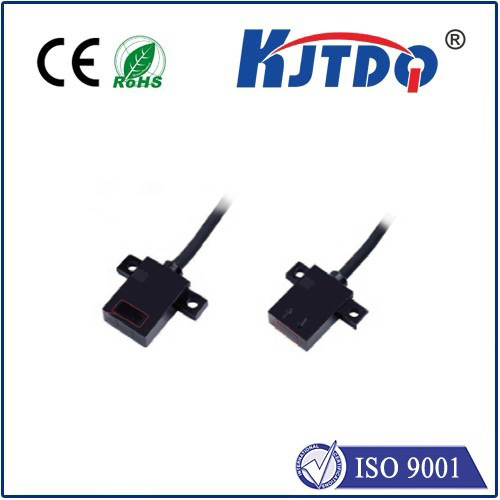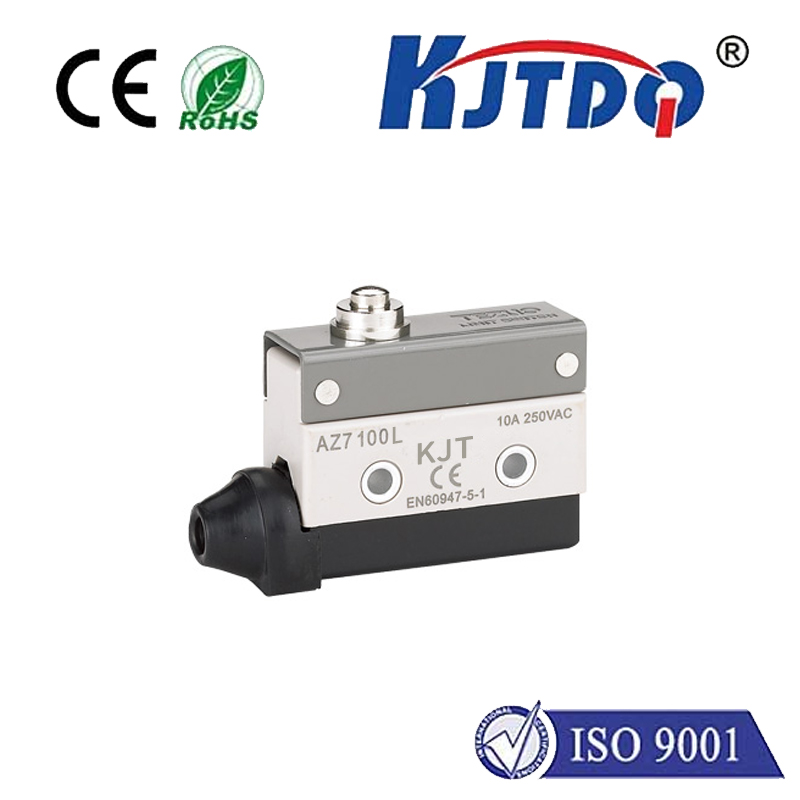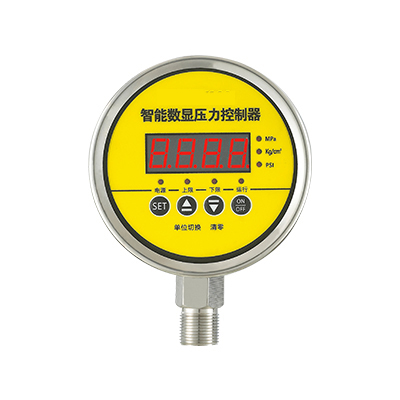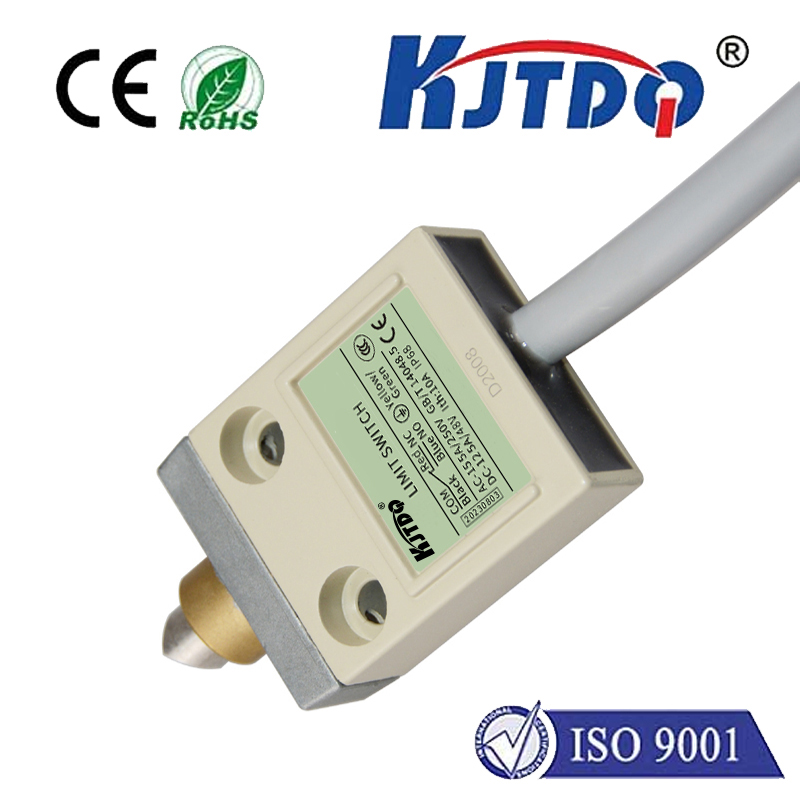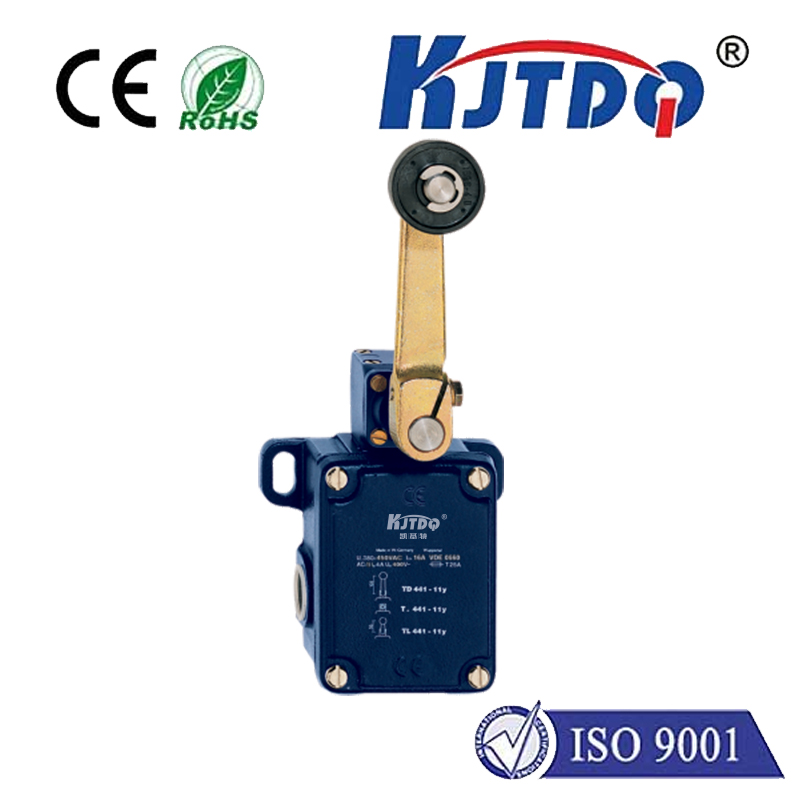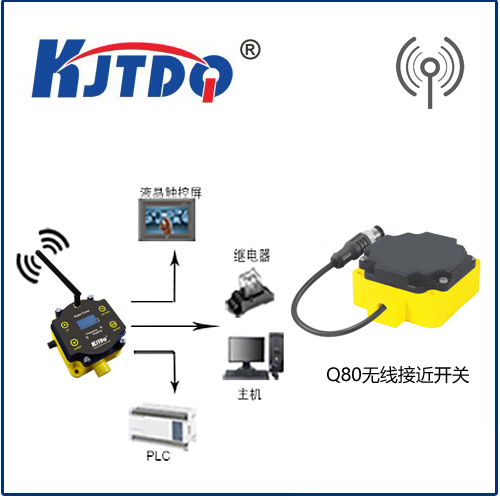

check

check

check

check

check

check

check

check

check

check
Title: The Importance of Pneumatic Cylinder Limit Switches in Industrial Applications
In the world of industrial automation and manufacturing, pneumatic cylinder limit switches are crucial components that ensure precise positioning and control of various equipment. These switches are designed to detect the presence or absence of a piston within a pneumatic cylinder, allowing for accurate monitoring and regulation of its movement.

Pneumatic cylinders are widely used in industries such as automotive, food processing, packaging, and material handling. They provide reliable and efficient power transmission through compressed air, making them ideal for applications where electrical systems may pose safety risks due to spark generation or explosion hazards. However, without proper positioning control, these cylinders can lead to inaccurate operations, increased downtime, and even damage to machinery and personnel. This is where pneumatic cylinder limit switches come into play.
Limit switches operate on the principle of detecting physical contact between the piston and a predefined point, known as the limit or end stop. When the piston reaches this point, the switch is activated, sending an electrical signal to the control system. This signal can then be used to initiate a variety of actions, such as reversing the direction of the cylinder, stopping its motion entirely, or triggering another part of the production line.
There are two main types of pneumatic cylinder limit switches: mechanical and magnetic. Mechanical switches use physical levers or rollers that activate the switch when contacted by the moving piston. These switches are generally more robust but may require regular maintenance due to wear and tear from repeated contact. Magnetic switches, on the other hand, use a magnet mounted on the piston to activate a reed switch located outside the cylinder. These switches offer longer lifespans and less maintenance but may be affected by external magnetic fields or contamination.
Proper selection and installation of pneumatic cylinder limit switches are essential for achieving optimal performance in any given application. Factors such as operating temperatures, vibration levels, and environmental conditions must be taken into account when choosing the appropriate switch type. Additionally, proper alignment and calibration of the switch with the cylinder's stroke length and desired positions are critical for accurate operation.
In conclusion, pneumatic cylinder limit switches play a vital role in ensuring precise and safe operation of industrial equipment powered by pneumatic cylinders. By effectively monitoring and controlling the positioning of these cylinders, manufacturers can improve efficiency, reduce downtime, and enhance overall productivity. As technology continues to advance, it will be interesting to see how these switches evolve to meet the ever-increasing demands of the modern industrial landscape.
